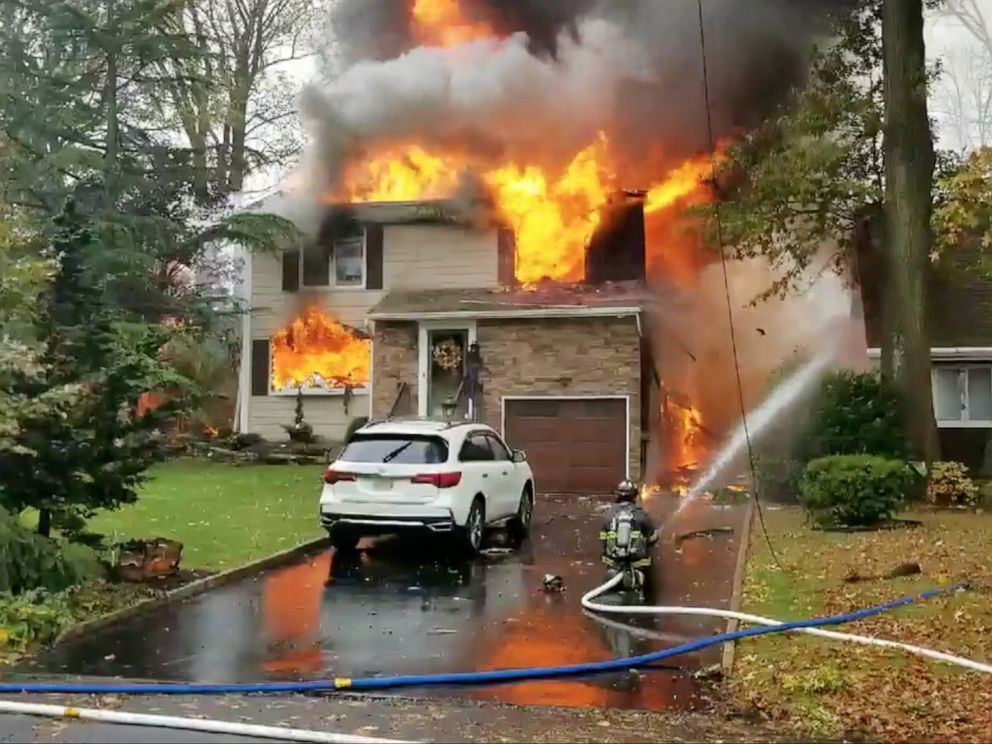A Cessna 414A crashed into an unoccupied home in Colonia, New Jersey, on Tuesday, setting the house on fire and damaging nearby residences. No one on the ground was hurt, but the pilot, identified as Dr. Michael Schloss, perished in the crash.
Weather at the time of the crash had deteriorated from 10 miles’ visibility with broken clouds at 800-1000 feet and an overcast layer with bases at 2000 feet just 15 minutes earlier to 2 miles in mist with the overcast ceiling at 700 feet. Schloss was traveling from Leesburg airport in Virginia to New Jersey’s Linden Airport (KLDJ) when the accident occurred.
According to data on FlightAware.com, the aircraft appeared to proceed normally until Schloss was on the GPS-A approach to Linden. According to witnesses who saw the Cessna flying “lower than normal” and judging by the FlightAware track, the 414 appears as though it could be at or near the minimums on the initial approach segments. The approach minimums are 740 feet MSL some 3 NM before the final approach fix. The approach then requires a 49-degree right turn at the final approach fix with a 2.1-NM visual segment to the runway; minimums along this segment are 620 feet. The Cessna came to rest 3.6 miles from the approach end of Runway 9.
Schloss was a highly experienced, IFR-rated pilot who had been the president of EAA’s Warbirds of America.




































Interesting video. The severe nose-down attitude can easily lead one to believe that a stall could have been involved. Flying solo, in the weather or possibly in and out, conducting a NP approach with a rather significant turn to final, yes, in my humble opinion, it is possible that the airspeed indicator was overlooked a bit. Add that to trying to drone along at the “bottom” of the approach with power requirements dissimilar to routine everyday requirements and airspeed bleed off occurs. Depending on where he was when he fell out of the sky, rolling into that big turn could have been the aerodynamic “last straw”.
For what it is worth, during my time as a military 4 engine Flight Examiner, we used to do circling approaches on every checkride and training flight. Real circling approaches, not the wink and nod types, where the pilot had to get to the “bottom” of the approach then drive most of the way around an airport at low altitude to complete the touch & go. Getting “slow” during that maneuver was one of the common errors. I offer that such is a possibility here.
That or a medical issue. My condolences to the mans family.
Could be any of a hundred things; which is why multi-engine, single-pilot, IFR, in low IFR, at low altitude, at low airspeeds is a real handful to do successfully. Both pilot & plane have to be near flawless.